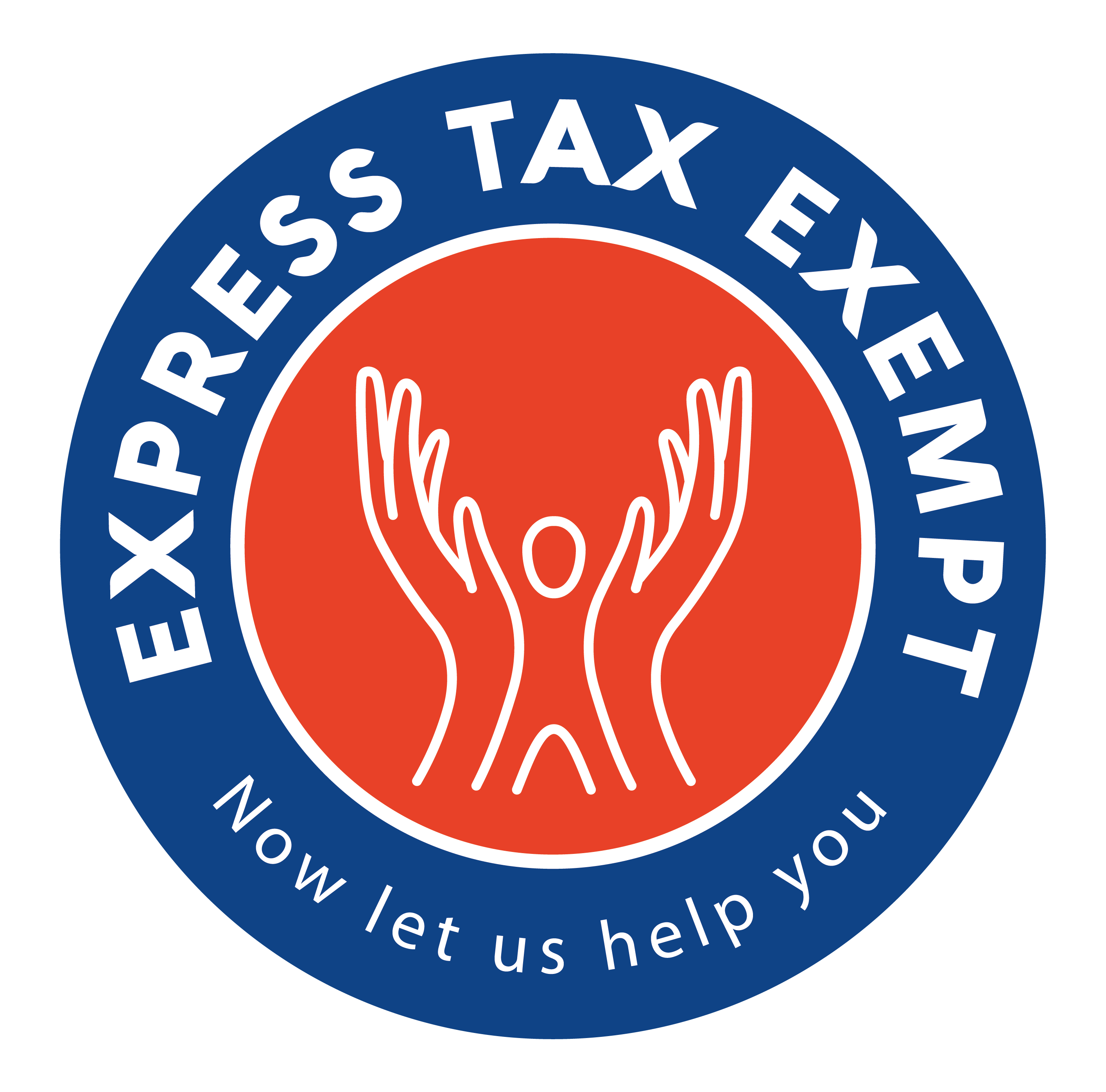How to File the Updated 8868 Extension Form
For the 2016 filing year, the IRS has eliminated the separate sections and now offers the 8868 form as a single filing that grants an automatic 6-month extension of time. Completing the new 2016 Form 8868 is similar as it was before; however, here are some IRS guidelines to follow when submitting an extension:
Basic Organization Details
Begin the form by adding essential information about your exempt organization or private foundation which includes the following:
- Organization Name
- Organization Address
- Employer Identification Number (EIN) or Social Security Number (SSN)
The IRS added the social security option for individuals filing the form. If you are filing on behalf of a nonprofit or private foundation, you should enter the federal employer identification number.
Return Codes/Books/Group Return
Enter the return code that represents that tax form you want to extend its filing time:
You need to enter the full name of the person or officer that manages the organization’s books or financial statements along with the organization’s phone number, fax number, or both. You also have a choice to indicate whether the organization does not have an office or place of business within the United States.
If the extension is for a group return, the IRS requires you to enter the organization’s 4-digit Group Return Number (GEN). You can select if the extension is for the whole group or part of the group. If it’s for part of the group, you should attach a list of names and EINs of those organizations.
Tax Year Period
On Line 1, enter the extended due date which is six months after the initial filing deadline. For example, if your due date is June 15, then your extended date is December 15. Then, you can choose if the extension is for a calendar year or fiscal year. If it’s for a calendar year, then enter the numerical year, i.e. 2016. For fiscal tax years, enter the begin date followed by the end date, i.e. March 1, 2016, to February 28, 2017.
Important: The updated Form 8868 only applies to tax year 2016 and upcoming tax years in the future. If you happen to be filing an extension for 2015, you’ll need to revert to the 2-part form.
For organizations filing for a tax year period less than a full 12 months, you can indicate the reason why on Line 2.
Tax Liabilities
Line 3a, b, and c are for exempt organizations and private foundations with tax amounts owed to the IRS. Enter any tentative taxes minus nonrefundable credits on Line 3a. List refundable credits, estimated tax payments made, and any prior year overpayments as a credit on Line 3b. Subtract your total sum of 3b from 3a to get your “Balance due.” on Line 3c – that’s the amount you have to pay either through EFTPS or with a check or money order.
E-file Tax Extensions
E-filing Form 8868 to the IRS is the best way for both individuals and tax professionals. By using IRS-authorized, e-file services like ExpressTaxExempt or ExpressExtension, you can typically complete and transmit a 2016 8868 form in less than 10 minutes. The IRS processes e-filed forms much quicker than paper filing, so you’ll receive confirmation and a copy of your extension soon after transmitting. And with e-filing, you usually have until Midnight local time of the deadline date to submit your form.



